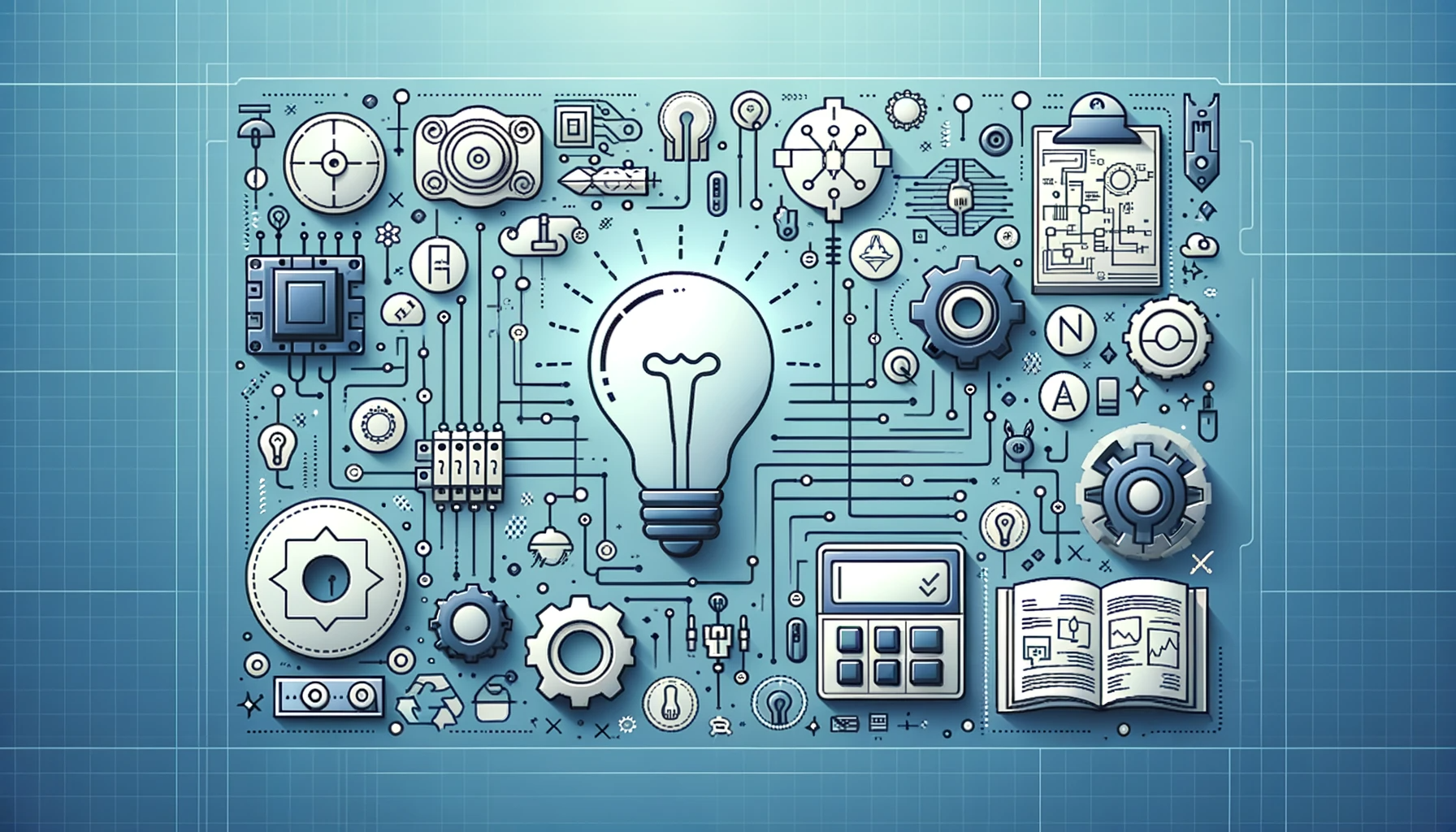Tailored Electrical Load Calculation Services for Commercial and Industrial Buildings
Tailored Electrical Load Calculation Services for Commercial and Industrial Buildings
Blog Article
Ingenious Electric Design Solutions for Modern Framework
As urban environments grow increasingly intricate, incorporating technologies such as clever grids and sustainable energy resources becomes paramount. These innovations not only guarantee to maximize energy usage yet additionally foster durability versus future demands.
Significance of Innovative Electrical Design
Cutting-edge electric design plays a crucial role in modern-day infrastructure, influencing not just performance but also sustainability. As cities advance and the demand for power increases, the demand for innovative electric systems comes to be critical. These systems must not just fulfill present needs yet likewise expect future growth and technological developments.
A well-executed electrical design can significantly lower power consumption, thus reducing operational expenses and lessening environmental influence. By integrating renewable resource resources, such as solar panels and wind turbines, innovative layouts can enhance power self-reliance and resilience. Smart grid innovations permit for real-time tracking and management of energy distribution, enhancing efficiency and minimizing waste.
Safety and security is one more vital facet of electrical design. Implementing sophisticated innovations and strenuous criteria can alleviate risks connected with electrical failings, making certain a protected atmosphere for companies and citizens alike. Additionally, innovative layouts facilitate flexibility, allowing infrastructures to integrate arising modern technologies perfectly.
Key Trends in Electrical Design
As the landscape of electrical design remains to evolve, a number of key fads are shaping the future of the industry. One substantial pattern is the combination of smart modern technology into electric systems. The expansion of the Net of Points (IoT) has allowed real-time tracking and control of electric tools, enhancing efficiency and helping with predictive upkeep.
One more trend is the growing focus on modular design. This method permits versatile and scalable remedies, allowing infrastructure to adapt to altering demands without substantial improvements. Furthermore, the usage of innovative simulation tools and Structure Details Modeling (BIM) is becoming progressively widespread, improving the design process and enhancing cooperation among stakeholders.
Furthermore, innovations in materials science are bring about the development of lighter, more resilient, and energy-efficient parts. This development is especially vital for high-performance structures and facilities jobs.
Finally, there is a marked shift in the direction of data-driven decision-making - residential electrical design. Leveraging data analytics helps developers maximize systems for performance and cost-effectiveness. Together, these patterns indicate a transformative era in electric design, improving capability, sustainability, and strength in modern-day facilities
Sustainable Power Solutions
Lasting energy options are significantly coming to be an important emphasis in electric design, showing a wider dedication to ecological obligation and resource effectiveness. These remedies aim to lessen environmental influence while optimizing energy intake in various infrastructures, from property structures to large commercial facilities.
One of the primary strategies involves the a fantastic read integration of eco-friendly energy resources, such as photovoltaic panels and wind turbines, right into electric systems. This not only reduces dependence on nonrenewable fuel sources however also enhances energy durability. Furthermore, innovative energy storage systems, such as advanced batteries, enable efficient monitoring and distribution of power, making certain that surplus energy produced throughout peak production can visit their website be made use of throughout high demand durations.
In addition, energy-efficient design practices are being embraced to enhance overall system efficiency. This includes utilizing energy-efficient lights, HVAC systems, and clever building modern technologies that adjust and keep an eye on power usage based upon tenancy and ecological problems.
Smart Grid Technologies
The application of lasting energy options naturally results in the exploration of wise grid technologies, which play a crucial function in updating electrical systems. Smart grids utilize progressed interaction modern technologies and information analytics to enhance the dependability, performance, and sustainability of electrical energy distribution. By integrating electronic modern technology with traditional grid facilities, you can try here these systems assist in real-time monitoring, automated control, and enhanced decision-making capabilities.
Among the key features of wise grids is their ability to suit renewable resource sources, such as solar and wind power. This adaptability not just decreases dependence on nonrenewable fuel sources however additionally allows for a much more decentralized energy production model. Furthermore, smart grids enable need response programs, where customers can adjust their power usage based on real-time prices, therefore promoting power conservation and decreasing peak load demands.
Additionally, smart grid innovations boost grid durability by allowing quicker recognition and resolution of blackouts, eventually decreasing downtime. With anticipating maintenance and analytics, utilities can enhance and maximize procedures service shipment. As cities and areas proceed to evolve, smart grid modern technologies are vital for building a sustainable and reliable electric facilities that meets the demands of modern-day culture.

Future-Proofing Framework
To ensure long-lasting stability and versatility, future-proofing framework is essential in the quickly evolving landscape of electrical design services. As innovation advances and energy needs change, it is crucial that electric systems are developed with adaptability in mind. This requires integrating scalable remedies that can fit future upgrades without necessitating substantial overhauls.

Additionally, sustainability should be a keystone of future-proofed designs. Utilizing eco-friendly power resources, such as solar and wind, and enhancing power performance minimize dependency on nonrenewable fuel sources, aligning with global initiatives to combat environment modification.
Conclusion
Finally, innovative electric design services play a crucial function fit modern facilities. By prioritizing versatility, effectiveness, and sustainability, these solutions attend to the evolving demands of energy systems. The combination of clever grid technologies and lasting energy options enhances strength and minimizes operational costs. Future-proofing infrastructure via advanced simulation tools and modular methods guarantees that electrical systems continue to be receptive to altering needs, eventually adding to a more energy-independent and sustainable future.
A well-executed electrical design can dramatically decrease power usage, thereby decreasing operational prices and decreasing ecological effect. By including renewable energy resources, such as solar panels and wind turbines, ingenious layouts can enhance power independence and strength. In addition, innovative energy storage systems, such as innovative batteries, allow reliable management and circulation of power, making certain that surplus energy created during top production can be made use of during high demand durations.
Clever grids allow need feedback programs, where customers can change their power use based on real-time pricing, consequently advertising power conservation and reducing peak tons demands. (residential electrical design)
As modern technology advancements and energy needs change, it is crucial that electric systems are designed with versatility in mind.
Report this page